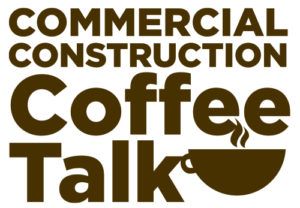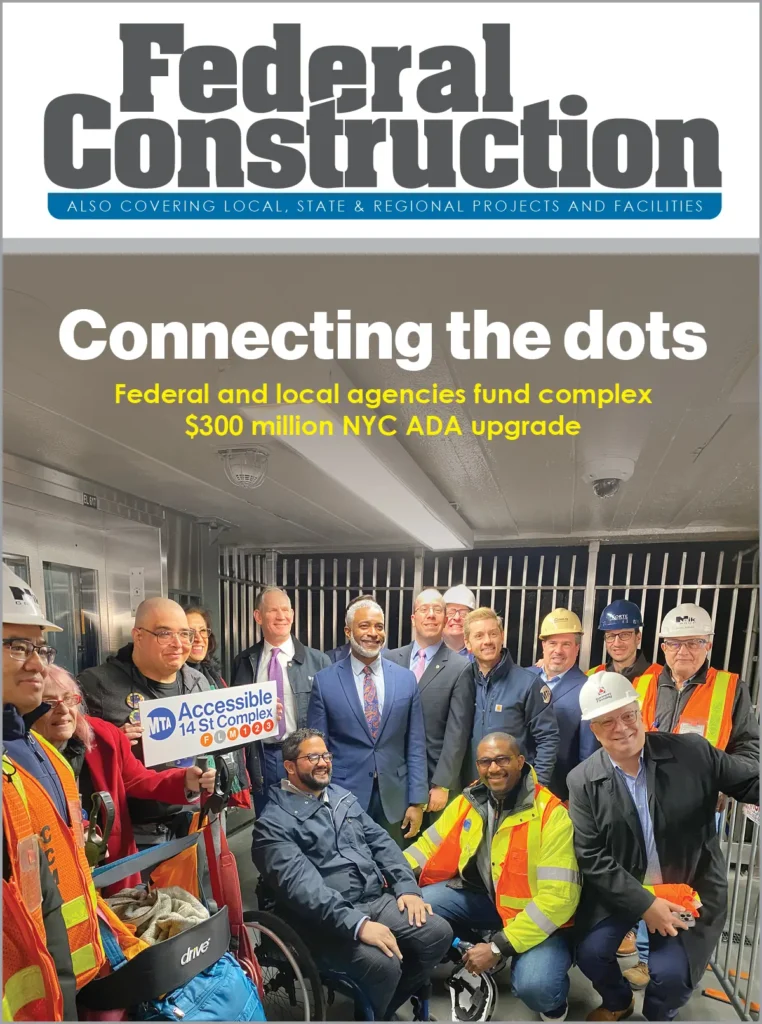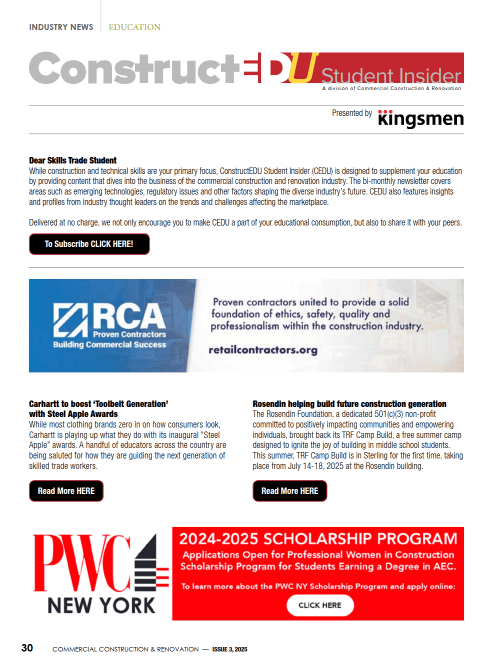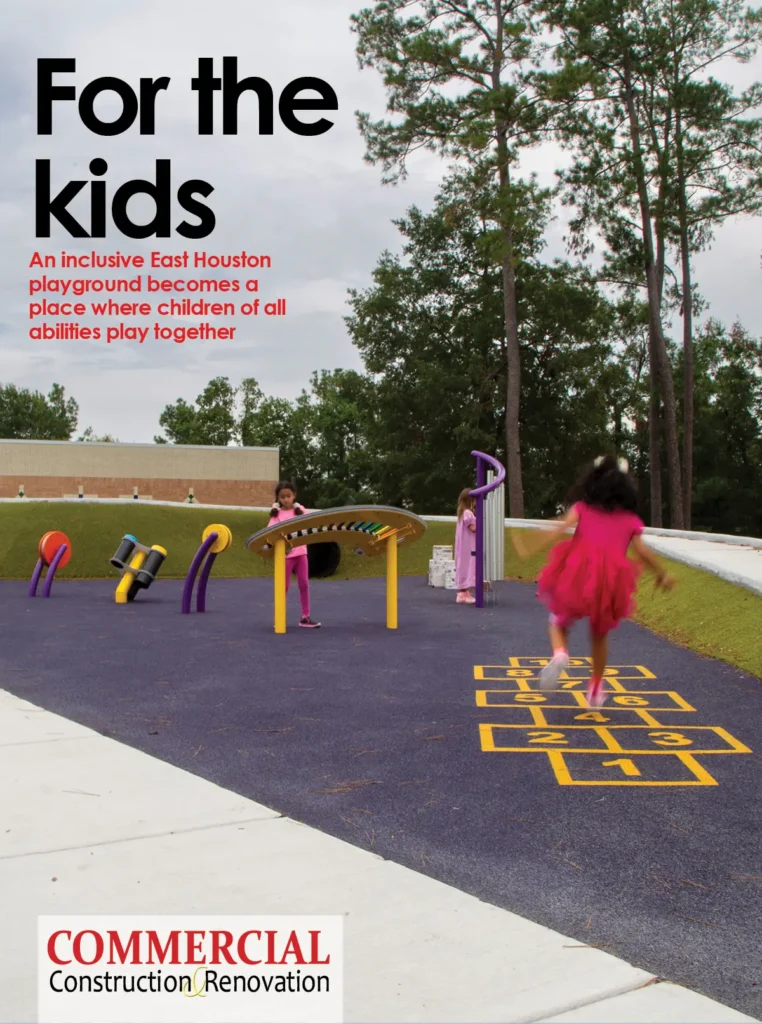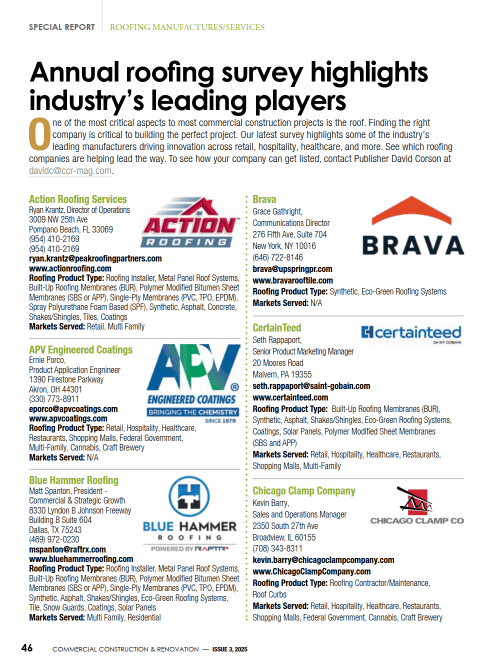Forecasting is at the heart of all construction industry companies. All parties, including architects, designers, estimators, subcontractors and general contractors, should be concerned about the state of the economy and their company’s cash flow. Each participant in a construction project shares the goals of preventing the unexpected, driving results of the deliverables to their customers and creating profitable outcomes for their company.
Many factors, economically and situationally, require attention to produce accurate forecasting and budgets. Accurate forecasting doesn’t happen overnight–it requires added attention to economic and situational factors to get the numbers right. A budget is a baseline concept in construction. The budget is a moving cost target that an owner agrees to as the project evolves. A budget is only accurate to the level that contractors and owners understand a project’s scope.
The quality of communication can affect the full understanding of a project’s scope, and therefore its budget. Accurate forecasting is reliant on the professionalism of project managers and partnering financial professionals to present costs, schedules, change orders and billings. That means timely entry of data by project managers and accounting is paramount to a reliable forecast.
Creating accurate budgets requires solid historical data and real-time project updates
Recognizing the fluid nature of project budgets, relying on updates and historical information to produce a current forecast is critical. Past experience with job completion time should help guide scheduling decisions. General condition costs can eat away at profitability if schedules are not met. Utilizing job experience enables project managers to predict performance outcomes.
Additionally, historical data allows an assessment of scope to see shortfalls in estimates by subcontractors that need to be addressed at the time of estimating or assessing future change orders. One common mistake construction business owners make is not taking into account schedule delays (which are inevitable) that drive general condition expenditures.
Additionally, many contractors don’t effectively identify scope creep—those items not reflected on the original estimate—that would warrant a change order. If these items are not identified soon enough, project deadlines are not met, and those costs typically cannot be recovered.
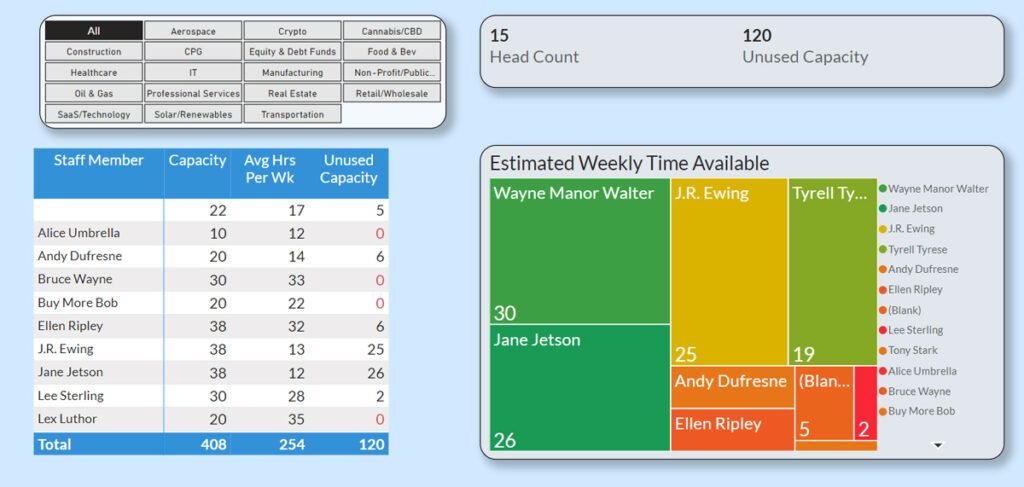 Data becomes valuable only when it can be tracked and analyzed to inform future decisions
Data becomes valuable only when it can be tracked and analyzed to inform future decisions
Historical indicators can be mined from accounting systems and job tracking software to provide a reference point comparing actual costs versus predictive budgets. With accurate data tracking, dashboards can be produced by financial professionals to make meaningful information more accessible.
As with all historical data, it is a benchmark to be placed alongside newly awarded projects. There will always be unique elements of construction jobs associated with labor, location, weather and jurisdiction that should also be considered in future forecasting. One KPI that provides significant value to contractors is “last billed dates by job.”
If invoices aren’t sent in a timely manner, liquidity can be significantly impacted. This KPI helps project managers avoid lapses that can cause cash flow concerns and should be monitored closely. A cost code budgeting system is also recommended. Tracking actual versus budgeted cost of each project aspect makes it easier to stay up-to-date on scope changes.
Most contractors are familiar with the Work in Progress Report (WIP). This report explains the percentage of a project completed as it relates to budget costs incurred. It allows contractors to understand if their billings are over or under-billed against the job’s contract. Historical billings show what backlog is left of the project value that should be included in the forecast.
It is important to ensure all change orders are included in this figure. It is equally important to know if the field progress is keeping pace with the on paper progress reported in billings.
In concept, this means projects have no hidden costs. Operational managers play a critical role in providing data points and reviewing this aspect of forecasting to ensure data integrity. Data is most meaningful if it is current. A fractional CFO can work with the operational team to create cash flow forecasts and project progress reports. This allows better reaction to shortfalls and scope changes.
Predicting the pipeline of work is critical for a construction business owner, which requires proper estimates. Project start dates and the likeliness of closing are the barometers of future work: estimate data collected for forecasting needs to include projected start times, finish dates and percentage chance of completion.
Models can be created by financial professionals/fractional CFOs with construction field knowledge to establish the current backlog of a construction company along with active jobs to produce a forecast of billables. As in all forecasting, the size, type and duration of projects drives the reliability of the model. Each construction company has its own experience that nuances the forecasting process, but the more estimates a company produces, the more standardized the predictability of dollar volume becomes.
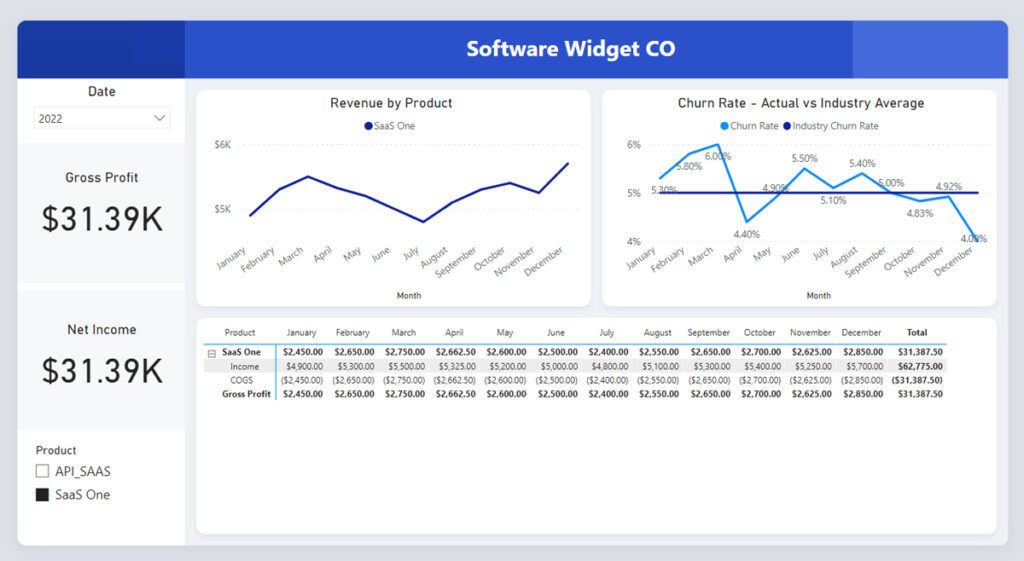 A broad market perspective is critical to success
A broad market perspective is critical to success
Rising rents, material costs and interest rates are all impacting the construction industry today. Economic pressure makes budgeting accuracy even more crucial. The uncertain economic landscape plays a vital role in every aspect of construction. In estimating, the economy directly influences which sector a company should prioritize. In a broad sense, the construction industry is broken into segments: government, industrial, commercial and residential.
Within these broad segments, there are myriad of sub-segments, such as remodel or new construction. In a predictive way, the number of jobs available in the market per construction segment affects a construction company’s close rate of estimates. These economic considerations should be incorporated into the predictive model that a financial professional creates.
Construction companies need to keep a pulse on the economic climate–positive or negative–to stay relevant and keep the company afloat. The size of projects available and hiring decisions by subcontractors are driven by estimated wins. Project owners will often direct their timing and funding based on fears and optimism.
Funding costs will drive whether commercial or residential projects make more sense. Property owners will decide whether a remodel or new construction is more economical. National and local municipalities direct funding to areas of concern, which might include healthcare, infrastructure, repair catch-up or public service offerings. The flexibility to shift to new segments may determine the pricing strategy and marketing energies of a company.
At the end of the day, it’s all about people. Leadership means giving the tools for success to the most valuable resource—the team. The construction industry needs timely information constantly. Having the best project manager and financial people driving results creates a clear path to success.
It is critical for leaders of companies to stay current on both broad market forces and internal project baselines to produce the most accurate estimates, forecasts and budgets.
Kurt Sultzman is a Fractional CFO with Ascent CFO Solutions. Over his 20-year career, he has served companies in the roles of CFO, controller, general manager and entrepreneur in the construction and medical industries. His experience is diverse, but his passion is universal: supporting great business people in achieving their goals and dreams. As a CFO, Sultzman has participated in the success of companies during times of transition, including openings, restructures and mergers. In the course of regular business operations, he has facilitated improvements in organizations through integrated production controls and accounting systems. His experience spans the medical, home care, medical device, construction and education industries.














